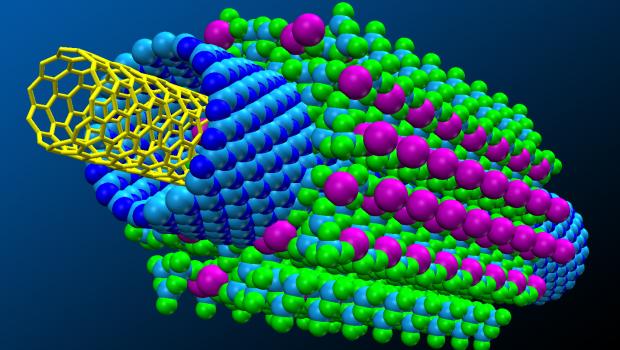Plasmonics and Nanoengineered Materials
Plasmonics and Nanoengineered Materials
Surface plasmon-polariton (SPP) waves are guided by an interface of a metal and a dielectric material. Due to the localization of SPP waves to the interface, they are important in solar cells, chemical sensors, and plasmonic communication. Dr. Faryad has extensive experience in the study of SPP waves that are guided by interfaces of metal and nanoengineered dielectric materials such as sculptured thin films. Besides surface waves, the sculptured thin films find applications in optical filtering and polarized light sources. Thin-film solar cells have a nano-scale morphology that is nanoengineered to maximise the absorption of light and maximise the collection of light-generated carriers. These solar cells offer an alternative and inexpensive route to "thick" solar cells, e.g. crystalline silicon and GaAs, by relaxing the constraints on the material properties and reducing the volume of material significantly. Dr. Faryad's group is working on the techniques to increase the light absorption in thin film solar cells, such as amorphous silicon, using nanostructured back reflectors.
